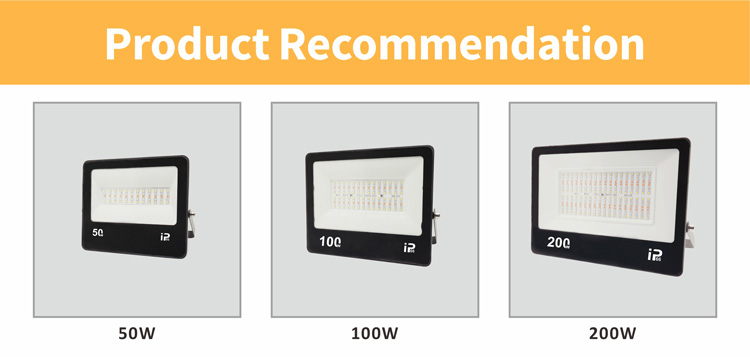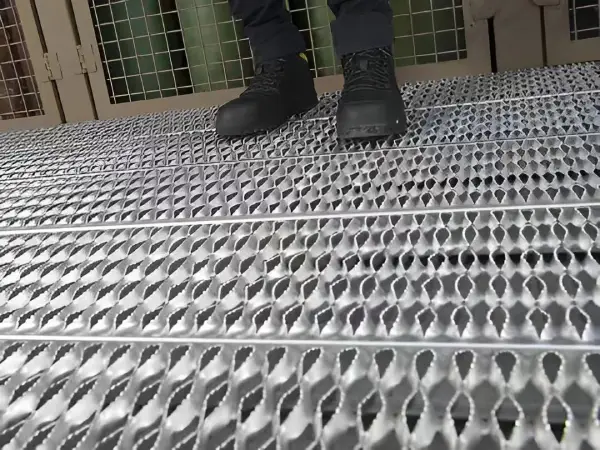For those who work in marketing, whether in a church related role or otherwise, it can be tempting to separate our Christian beliefs from our occupation. But what if we could find an intersection between Jesus’ ministry and our marketing efforts? In fact, Jesus was a marketing genius. Check out how in this article written by Daniel Burk.
For those who work in marketing, whether in a church related role or otherwise, it can be tempting to separate our Christian beliefs from our occupation. But what if we could find an intersection between Jesus’ ministry and our marketing efforts? In fact, Jesus was a marketing genius.
There are three ways marketing and Christianity intersect; three ways that Jesus was a Marketing Guru, and how as someone in marketing you actually have an even greater opportunity to reflect who he was in your work and profession.
1. Marketing Strategy: Go “to the lost sheep of Israel” Matthew 15:24
What was Jesus’ primary objective? To forgive sins, and to spread his message and teaching to the ends of the earth, to “every nation” like the Bible says in Matthew 28:19.
But how did he do that?
He targeted a specific subgroup of people within a specific ethnic group with specific occupations and lifestyles.
When reading the gospel books in the New Testament, Jesus often went far out of his way to target a specific type of person in a very specific region or area of town. He knew who his target audience was, and he went to their mediums (fishing docks, water wells, synagogues, temple courts, etc.) to present “his offer”.
He extensively researched his target audience.
Luke 2:46-47: “After three days they found him in the temple courts, sitting among the teachers, listening to them and asking them questions. Everyone who heard him was amazed at his understanding and his answers.” For Jesus, targeting Jewish people who were on the fringe was not only about being humble and stooping down as God in the flesh; it was also strategic.
His core marketing team were the twelve apostles.
Their primary objective in Jesus’ ministry: “Do not go among the Gentiles or enter any town of the Samaritans. Go rather to the lost sheep of Israel.” (Matthew 10:5-6). Still in line with Jesus’ strategy and intent to go to this very specific people group at this moment in time.
(Of course later his marketing strategy changes in Matthew 28:18, when his subgroup opens to a greater group of people: all nations, not just the lost sheep of Israel).
2. He Didn’t Water Down His Offer
Jesus knew what he had to offer: life to the full, salvation, forgiveness of sins. And he knew what the price of his offer was (1 Corinthians 6:20: “you were bought at a price”). We were “bought at a price”.
The Price: “Follow Me”
What is the price of discipleship? Following Jesus. "And whoever does not carry their cross and follow me cannot be my disciple.” - Luke 14:27
Overhead Cost: Jesus Dying on the Cross
He didn’t water down his offer, he had no discounts or sales or promotions. The price was the price. The cost was the cost. The offer IS the promotion. The fact that we even have the opportunity to choose his offer is in itself a miracle, and due to God’s grace.
For us, of course, giving promos and freebies is good and helpful for business. But in doing so it’s still a helpful dynamic for us to understand what we’re giving away: “something AWESOME, and WORTH much much more."
3. He Served First
1. Phiippians 2:1-7: “Therefore if you have any encouragement from being united with Christ, if any comfort from his love, if any common sharing in the Spirit, if any tenderness and compassion, 2 then make my joy complete by being like-minded, having the same love, being one in spirit and of one mind. 3 Do nothing out of selfish ambition or vain conceit. Rather, in humility value others above yourselves, 4 not looking to your own interests but each of you to the interests of the others.In your relationships with one another, have the same mindset as Christ Jesus:Who, being in very nature God, did not consider equality with God something to be used to his own advantage; rather, he made himself nothing by taking the very nature of a servant, being made in human likeness.”
2. "Just as the Son of Man did not come to be served, but to serve, and to give his life as a ransom for many.” Matthew 20:28
Marketing Practicals
1. When we have the perfect target group, even as few as 12 people will word-of-mouth our offering to the ends of the earth.
2. The solutions and tools we have to offer churches are ground breaking, and churches want them and need them. We can be confident of that. We are offering something great.
3. Even in the thick of grind time, imitating the heart of Jesus in our thoughts and attitudes will not only serve our customers better, but will create a greater bond here in this marketing group and in our lives beyond.
AUTHOR
Daniel Berk is the Managing Editor at Tithely. A student and teacher of the Bible, he is a lover of theology, church history, and... TV. Daniel and his wife Courtney reside with their Bernedoodle in Charleston, SC.
Reference website at https://get.tithe.ly/blog/3-ways-jesus-was-a-marketing-genius




